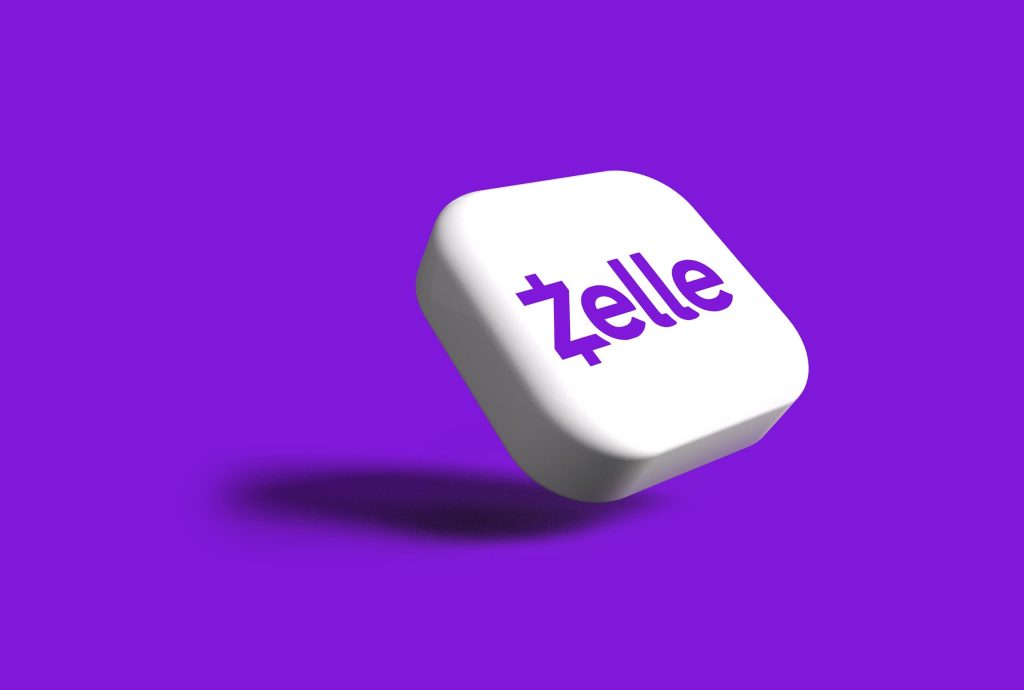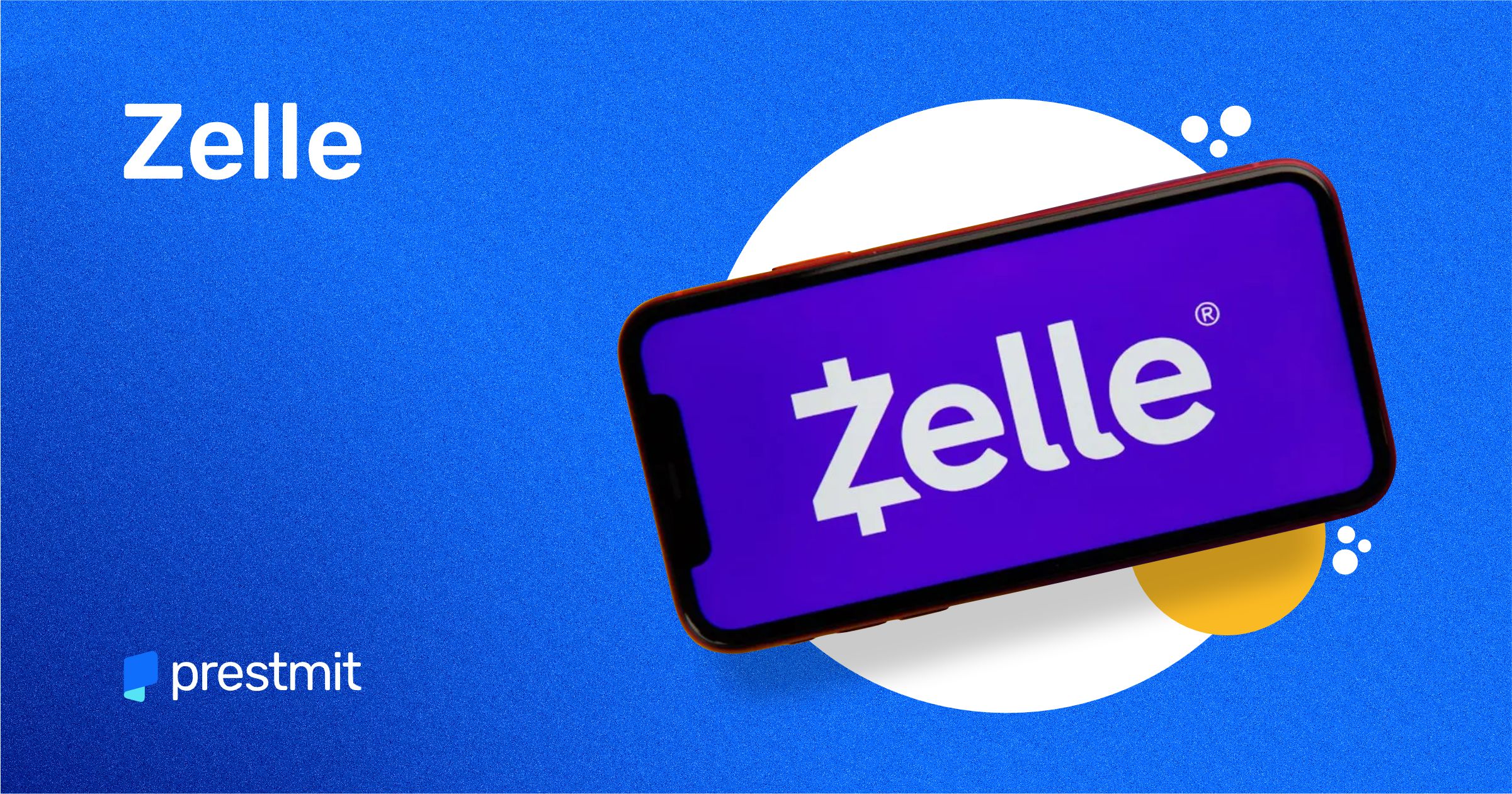Zelle is a popular peer-to-peer payment service that lets you to send money quickly and securely from your bank account to another user’s account without any extra fee(s).
The peer-to-peer payment system removes the need for physical cash, as users carry out transactions using a smartphone app.
You can use Zelle through your regular online banking service or the Zelle app to pay friends and family. The payments are usually processed fast, making them an easy and efficient way to split the cost of a taxi with friends or to manage your small business.
In this article, we will talk about Zelle, what it is, how it works and some of its limitations,
What is Zelle?
Zelle is a payment transfer app that facilitates sending and receiving money between bank accounts in the United States, even if you have bank accounts at a different bank. It launched in 2017 and is owned by Early Warning Services, a fintech company owned by seven of the biggest banks Capital One, Bank of America, JPMorgan Chase, PNC Bank, Trust, U.S. Bank, and Wells Fargo.
Many major banks and credit unions partner with Zelle, contributing to its accessibility. Transactions happen within minutes and are completely free to use. More than 1,700 banking apps offer Zelle.
How does Zelle work?

Let’s look at how to use the Zelle app to facilitate transactions.
Enrollment
- Some banks offer Zelle payments via their online banking service. But, if your bank doesn’t offer this option, you will need to download the app to use it on your smartphone.
- If you use Zelle with a compatible banking service, once you log in, it will appear as an option under the “Pay & Transfer” tab.
- Once you download the Zelle app, follow the instructions to create a username and password.
- You can use Zelle to send money to anyone with a U.S. bank or credit union account. All you need is their email address or U.S. mobile phone number associated with their Zelle account.
- The app will ask how much you want to send. Simply enter the figure you want to send. Note that this figure must fall within your weekly send limit.
- The moment you hit the “send” button, your payment is on its way. If the recipient already uses Zelle, the money will enter their bank account within minutes. If they aren’t already users, they will receive an SMS or email explaining how to claim the payment.
- You can only cancel a payment you initiated on Zelle if the recipient hasn’t yet created an account on Zelle. If the recipient is already a Zelle user, the money goes directly into their bank account and cannot be cancelled. It is essential to make payments to only people you trust.
If a payment is eligible for cancellation, log into Zelle through the app or your bank’s website. Then, navigate to your account activity page. Select the payment you want to cancel and “Cancel this payment.”
Zelle for businesses
You can use Zelle with certain service providers or small businesses, but note that your bank may charge a small fee to use Zelle for business. Also, consumers must be enrolled to make payments.
Key benefits of using Zelle

Faster Transactions
This is one of the most significant advantages of using Zelle. Most of your transfers will go through within minutes. It outpaces traditional banks in this aspect and reduces the time waiting for checks to clear.
Availability
Zelle partners with a huge network of banks and credit unions across the United States. This increases the chances that both you and the person you want to make a transfer to can make use of the service.
Transaction fees
For most users, business owners excluded, Zelle does not charge any extra fees to send or receive money. This makes it a cost-effective way to use banking services.
Convenience
Since there is a high chance that the bank you’re using already has Zelle integrated with it, there is no need to download a separate app or set up a new account—unless your bank doesn’t support it directly.
Security and Limitations of Using Zelle
Zelle leverages the security protocols already in place with your traditional banking institutions. It is also protected by data encryption, so it is important to be careful with your personal information.
Once you initiate a transaction using Zelle, reversing it may be difficult, especially if the recipient is also a user. So double-check the recipient’s information and make sure it’s someone you trust and can hold accountable if anything goes wrong before you hit the “send” button.
Also, check your bank’s daily or weekly sending limits on Zelle transactions.
Conclusion
If you’re looking for a way to ditch paper checks and the time it takes to clear them, or a way to avoid paying the extra fees that come with traditional banking, Zelle is the way to go.
With its user-friendly interface and fast transfer times, Zelle could become your go-to method for sending and receiving money.
Zelle is protected by data encryption, and you can make transfers easily with just a few steps.

